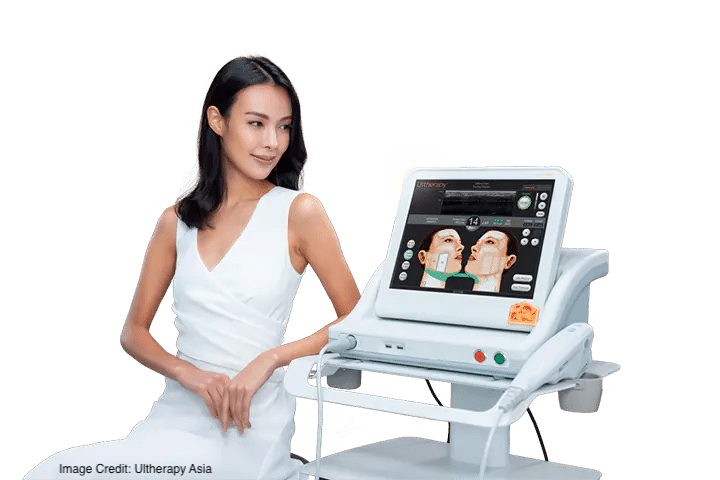
Fotona 6D Pro, Sylfirm X, Ultherapy, Thermage FLX, HIFU, Sofwave: What’s the Difference? (2024)
- November 21, 2020


Notice that your face is looking saggier of late? We feel you.
Saggy skin is one of the biggest bugbears we as aesthetic doctors have to deal with in our daily practice. Correspondingly, non-invasive skin tightening and lifting treatments are, by my reckoning, increasingly popular as people become more savvy about looking their best as they age, and we now have advanced treatments that can achieve natural and effective tightening results without having to go under the knife for a surgical face lift.
In an aesthetic world already crowded with numerous skin tightening treatments, it is only natural to feel confused. In this guide, I will share with you the key differences between these treatments, including;
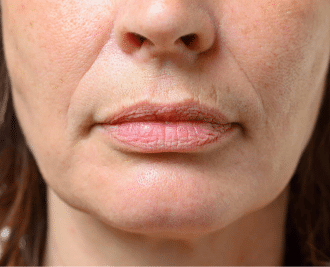
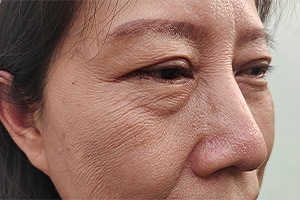

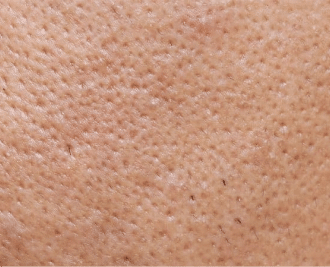
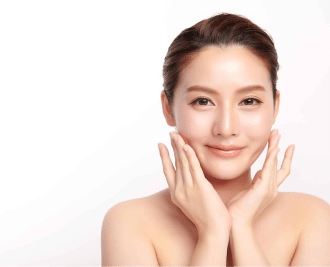
















You might have only heard of Fotona4D, one of Fotona’s key skin tightening and lifting treatment since 2017. That’s because Fotona 6D Pro is a proprietary treatment introduced by our team of doctors at SL Aesthetic Clinic that improves upon the original Fotona4D protocol.
By itself, Fotona4D is an effective treatment using 4 different and complementary laser technologies which is suitable for almost all skin types. At SL Aesthetic Clinic, we have further improved the protocol by adding 2 more steps and lasers (hence 6D), prolonging the treatment time and also expanded the areas treated.
One proprietary step we’ve added is an intraoral step, where we pre-heat the oral mucosa for better tightening, especially at the mid face and nasolabial folds.

The 5th laser utilises Fotona’s proprietary Er:YAG SMOOTH® mode which is ideal for skin tightening. The intense, controlled superficial skin heating powerfully and safely stimulates collagen remodelling and initiates neocollagenesis (collagen formation). The effect is an overall improvement of laxity and elasticity in the treated areas.
The 6th and last step is a gentle peel procedure that exfoliates the skin with the help of Fotona’s Variable Square Pulse (VSP) technology. Also known as Fotona Pearly Peel, this fractionated erbium laser removes common skin imperfections like pores and wrinkles, giving a pleasant pearly finish to the skin, in addition to the tightening and lifting effect.
Read: Pico laser vs Clear + Brilliant Laser vs Pearly Peel
Notably, while the Fotona4D protocol only includes the face and front of the neck, our Fotona6D protocol expands the treated areas to include the frontal hairline and back of the neck.

Sylfirm X is a skin rejuvenation and tightening treatment from Silicon Valley, USA. Sylfirm X is two technologies in one device:
Unlike existing microneedling devices, Sylfirm X’s repeated ultra-short pulse feature enables it to ONLY react to abnormal blood vessels and tissues. It also penetrates the skin long enough for lifting without occurring thermal dermage.
Sylfirm X is particularly suitable for smaller, more intricate types of lifting, such as eyebrow lifting. Like Fotona 6D, it can improve skin superficially with the addition of neovascularities like pigmentation and rosacea.
Thermage FLX is the 5th generation skin tightening treatment from Solta, USA. It utilises Mono-polar Capacitive Radio-frequency energy to deliver heat into the skin layers to stimulate collagen.
In my clinic, I prefer to use Thermage FLX for crepey, thinner Caucasian-type skin rather than saggier, heavier Asian-type skin. This is mainly because the Radiofrequency energy does not penetrate as deeply into the skin.
The Thermage FLX protocol includes the face and the front of the neck, but does not include the back of the neck. Laxity at the back of the neck will aggravate neck lines and make our neck skin appear more loose.
While Thermage FLX’s top-down heating approach means it can treat superficial skin concerns, it is chiefly still used for the tightening of crepey skin. If you are looking to also improve skin complexion, I suggest a combination plan that includes skin rejuvenation treatments like Skinboosters, or Fotona 6D Pro for its addition of superficial lasers.
Ultherapy is a skin-tightening treatment from Merz Aesthetics, USA. It uses ultrasound energy to lift and tighten the dermis and underlying fibromuscular layer that holds the skin in place. The ultrasound energy is delivered deep into the skin, heating up the specific skin layers to 60 to 70 degrees Celsius. At this temperature, thermal coagulation of proteins occurs and collagen is stimulated.
Ultherapy is suitable for all skin types, including Asian type saggy skin. However, the layers treated are very distinct i.e. 3 mm and 4.5 mm below the skin’s surface. The intervening skin layers are not treated as the ultrasound energy is only precisely deposited at the particular depth. In this case, a more all-encompassing treatment like Fotona 6D Pro might be a better fit as 6D tightens the entire thickness of skin, including the mucosa lining in our cheeks and externally.
The standard Ultherapy protocol includes the face and neck, but does not include the areas adjacent to the mouth, back of the neck and the central part of the neck in front of our windpipe. This is so as not to damage nerves or other important structures under the skin.
HIFU (High Intensity Focused Ultrasound) is the name of a group of aesthetic devices that use ultrasound energy to tighten skin, similar to Ultherapy. There are many brands on the market, such as Ultraformer 3, Doublo and Sygmalift. The machines originate from different countries, depending on the brand and manufacturer.
Another brand that uses HIFU technology is Sofwave, but the main difference between itself and the rest of other HIFU machines is that Sofwave can only reach at a single depth of 1.5mm underneath the skin, which is comparatively shallower than other HIFUs.
Conversely, for Ultherapy and HIFU:
I hope I’ve helped you familiarise yourself with the various non-invasive energy-based skin tightening and lifting treatments available in Singapore.
For your convenience, here’s a simpler, tabulated comparison (best viewed on desktop).
|
|
Fotona6D
|
Thermage FLX
|
Ultherapy
|
HIFU
|
Sylfirm X
|
|---|---|---|---|---|---|
|
Key technology
|
Erbium and Long-pulsed Nd:YAG Laser
|
Mono-polar Capacitive Radio Frequency
|
Ultrasound
|
Ultrasound
|
Microneedling and radiofrequency
|
|
Skin texture and radiance
|
Yes
|
No
|
No
|
No
|
Yes
|
|
Treatment areas
|
Whole face, plus frontal hairline, and front and back of neck
|
Whole face and front of neck
|
Face and front of neck, except areas near mouth and centre of neck
|
Face and front of neck, except areas near mouth and centre of neck
|
Whole face, scalp
|
|
Treatment duration
|
Up to 1.5 hours
|
~1 hour
|
~1 hour
|
~1 hour
|
30 mins-1hr
|
|
Downtime
|
Downtime
|
Slight redness for a day with mild peeling
|
Slight redness for a few hours
|
Slight redness for a few hours
|
Slight redness for a few hours
|
|
Price/cost
|
From $2000
|
From $2600
|
From $1999
|
From $1500
|
From $600
|
If you’re still unsure which treatment works for you, just schedule an appointment to get a personalised consultation.
*Note: Information displayed in this article is for educational purposes only. A doctor’s consultation is still recommended.
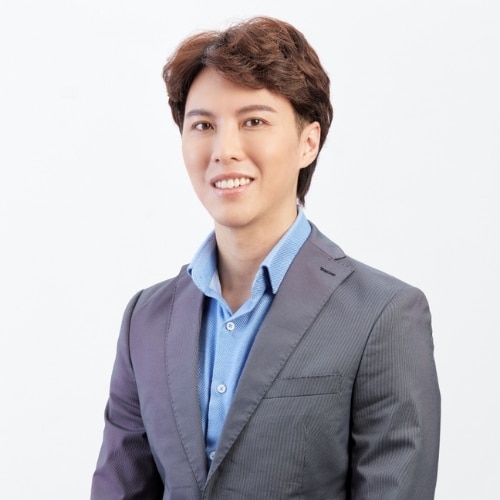
Photography Enthusiast
MBBS, Singapore
Fate was at work when he met Dr Kelvin Chua, which sparked his interest in aesthetic medicine.
Growing from strength to strength under the tutelage of Dr Chua, Gabriel developed an eye for detail and beauty – perfectly in tune with aesthetic medicine, a confluence of art and science.
He applies this in a range of non-invasive procedures such as Botox treatments, soft tissue augmentation (Dermal Fillers with the Cannula Method), skin rejuvenation with lasers (Fotona5D Laser Lift), and effective acne and acne scar treatments (Fractional CO2 Laser, subcision).
In his free time, Gabriel loves to travel in search of that perfect snapshot. His works of art have won praises by many patients.
Like what you read? Share them!